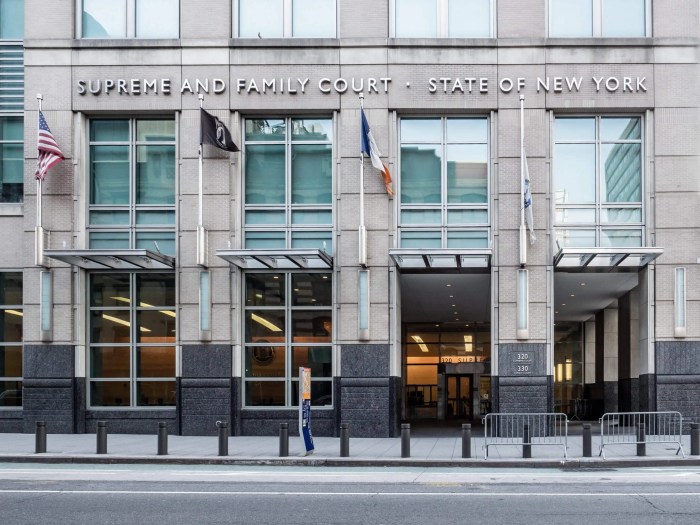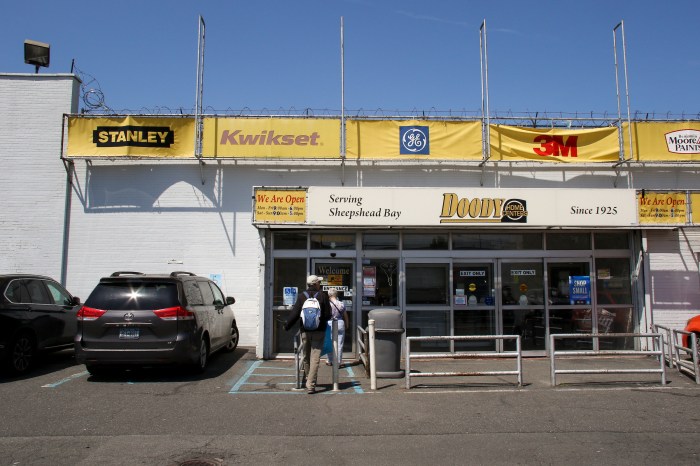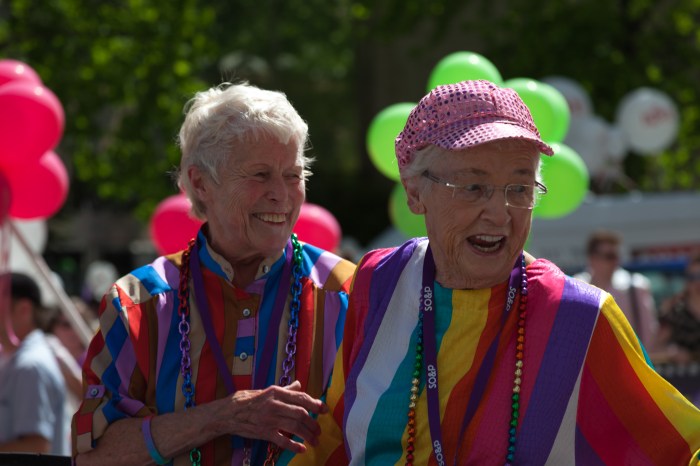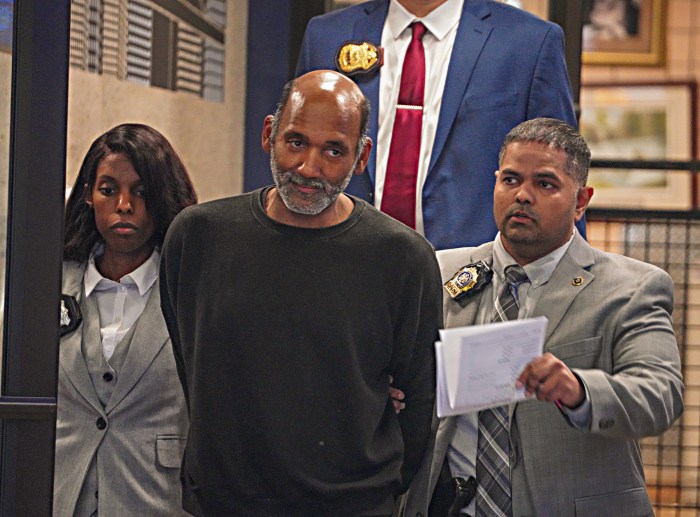Shirley Fineman, executive director for the Bensonhurst Council of Jewish Organizations, doesn’t need to look far to know that Brooklyn residents’ bottom line is getting thinner.
All she has to do is see the growing lines of people visiting the agency’s food pantry and soup kitchen at 8635 21st Avenue off 86th Street.
“We serve approximately 900 people a month now and last year at this time it was about 700 people,” said Fineman.
“There are more people who can’t afford rent and so naturally they come here for more food at our pantry to subsidize their living expenses,” she added.
Fineman’s comments come on the heels of city data revealing that the number of meals served by city-supported soup kitchens and food pantries was nine percent higher in spring 2008 as compared to spring 2007.
According to these statistics, the city served 1.946 million meals in March and April 2008, or 167,611 more meals than the 1.788 million meals served in these same two months of 2007.
“Last fall, as the recession started to hit and more feeding programs began to run out of food, the situation for hungry New Yorkers went from bad to worse,” said Joel Berg, executive director of the New York City Coalition Against Hunger (CAH). “When New Yorkers need to obtain more than a million charity meals in just one month, something is very wrong.”
But city Human Resource Administration (HRA) spokesperson Barbara Brancaccio said that the data as interpreted by the CAH are misleading as the numbers always go up and down throughout the year.
“We can’t determine whether there’s increased frequency because there have been increases and decreases throughout the year and the numbers represent meals and not individuals,” said Brancaccio.
“Some individuals use various soup kitchens and food pantries throughout the day,” she added.
Brancaccio said while people citywide receiving cash assistance have gone down a little more than 5 percent in the last year, people receiving just food stamps has increased 13 percent from this time last year.
Currently in Brooklyn there are 111,389 people receiving cash assistance including food stamps, and another 230,573 people just receiving food stamps to supplement their jobs, she said.
According to several borough soup kitchens and food panties contacted by this newspaper, both the CAH and HRA have some validity to their arguments.
“There is definitely an increase of people at our soup kitchen,” said Tikya Davis, chef of the Lighthouse Mission Church soup kitchen at 2114 Mermaid Avenue in Coney Island.
“I started noticing [an increase] at the end of May. We went from serving about 20 people to about 57 people,” she added.
But Sheila Friend, who runs the Flatbush Reformed Church soup kitchen and food pantry at 890 Flatbush Avenue near Church Avenue, agreed that clients make use of several soup kitchens in the area, making it hard to say if there is an increase.
The soup kitchen varies every week with between 35-75 people coming to eat, and it can depend on such variables as the weather, she said.
Friend did say there has been about a 25 percent increase at the food pantry in the last few months.
“We have 1,300 families registered and sometimes run out of registration forms for the new people who come in,” said Friend. “A lot of people are out of work. We’ve been getting more men in the last six months who have families and who’ve lost their jobs.”
Both the food pantry and soup kitchen at the Park Slope Christian Help, Inc. 200 Fourth Avenue, and the Food First pantry at 165 Conover Street reported steady clients with no sizeable increases.
But Fineman, whose agency also utilizes WEP (Welfare Employment Program) workers and student youth workers from the city’s youth jobs program, points out that it is not easy for individuals subsisting on public welfare.
One person on welfare gets only $352 per month on welfare and two people get $468, making it nearly impossible to pay rent, she said.
“It’s a crazy system. You look at those statistics and you want to cry for all of them,” Fineman said.






















